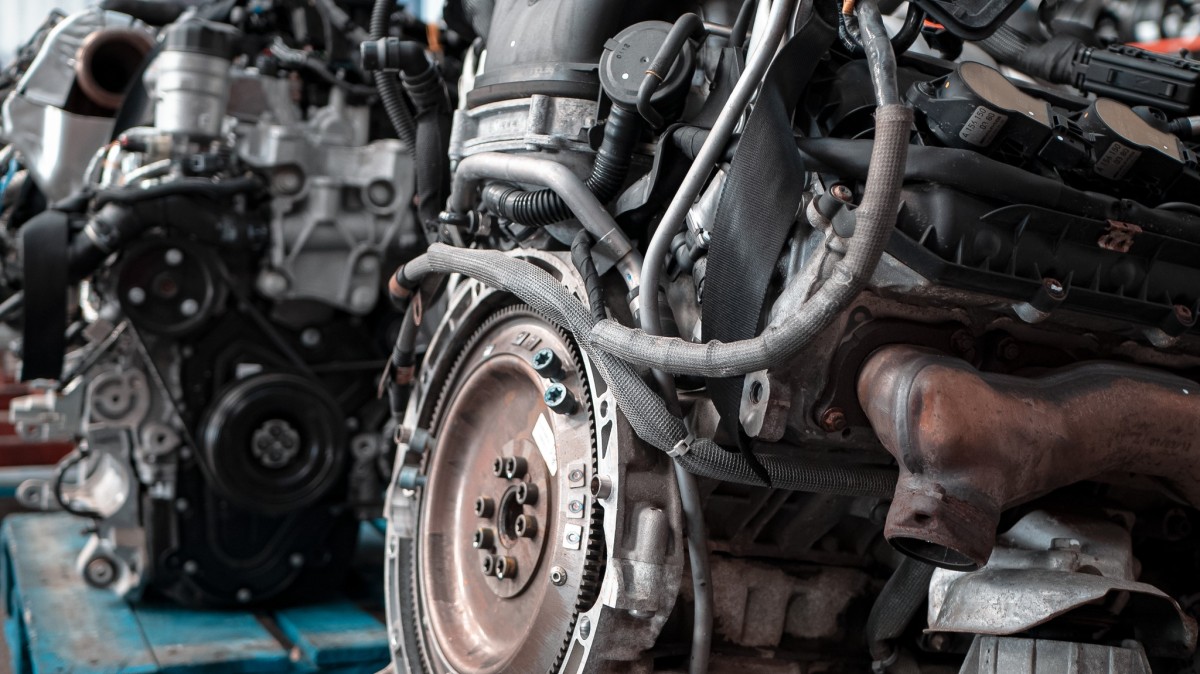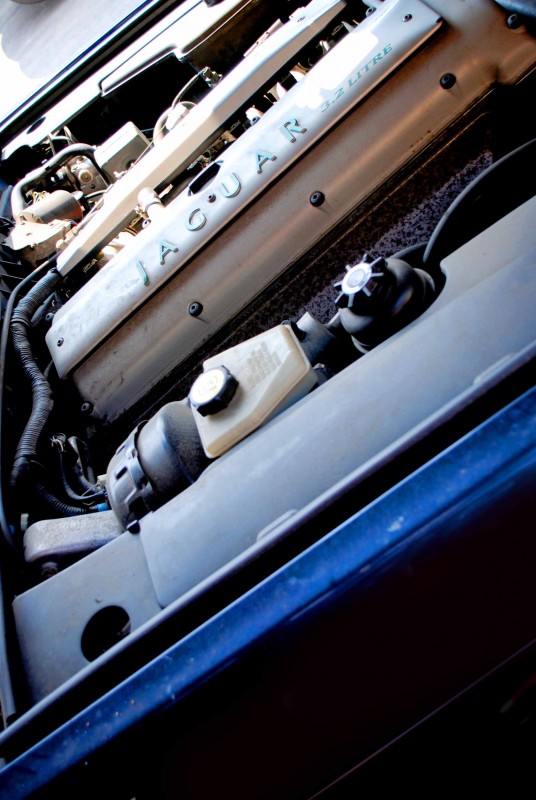Our Scrappage, Recycling and Car Blog
later post | index | earlier post
Finding a car engine replacement in the UK
Friday, 23 August 2024

A car engine is one of the most important components of a working vehicle. Without a working engine, your vehicle is a motionless chassis. Unfortunately, there are engines that stop functioning either due to malfunction or a road accident.
So, when the time comes, how do you find a replacement engine? You might be surprised to learn that second hand engines are a viable alternative to a new engine.
What engines are compatible with my car?
Understandably, car engines aren’t completely interchangeable. This doesn’t mean that there isn’t some crossover: two slightly different car models released by the same company within a five-year period might actually be able to use the same engine.
The first question you need to ask is: is it a long or short block engine?
These two variations can actually be found on what is otherwise the same engine, so it’s important to know the difference.
A long block engine includes the full works when it comes to parts: cylinder heads, camshafts, valves, valve springs and an intact head gasket. As such, long block engines can normally be installed quickly and easily and will make a suitable replacement for any engine that’s been written off.
A short block engine, on the other hand, is designed for cases where the full engine doesn’t need replacing; just parts of it. A short block engine is usually much cheaper as a result.
Second hand replacement engines
Second-hand car engines can sometimes be more reliable than brand new models.
It’s the greener thing to do. By repairing your vehicle and purchasing a second-hand car engine – rather than sending it for vehicle dismantling – you are ensuring a considerable amount of junk materials do not enter the waste and recycling stream.
It’s also affordable. A brand-new engine can be extremely expensive; often costing more than an entire second-hand vehicle. A refurbished car engine has already depreciated in price and ultimately costs less.

Parts that should be included in a second-hand car engine
If you know what you are looking for, it is a good idea to check that the replacement engine you are buying has all the parts you would expect:
- Intake and exhaust valves
- Spark plugs for the engine’s combustion
- Pistons
- Cylinder sleeves to house the pistons
- Piston rings to seal the piston and cylinder
- Crankshaft to move the pistons
- Connecting rod to connect the crankshaft to the piston
- Sump reservoir for oil storage
Tips on car engine replacement
‘What engines are compatible with my car?’
Before you start searching for the right type of engine for your car, ensure you take note of your vehicle identification number. You can usually find this printed under the plastic trim on the drivers’ side window, or on the chassis. Other information about your car you need is the engine code and production date to ensure any refurbished engine is compatible with your car. At ASM Auto Recycling you can enter your registration number to see refurbished engines and other parts matching your vehicle.
Opt for the engine with the lowest mileage
Although second-hand engines can be more dependable than brand new engines, it is still a good idea to find an engine with the lowest possible mileage. These will have minimal wear and tear and are likely to last as long as the rest of your vehicle.
Seek a used engine with an initial warranty
When it comes to buying any type of second-hand car part, you should always opt for one with an extended warranty. The 90-day guarantee we offer on all our refurbished car parts gives our customers certainty, at least in the short term.
What is the reconditioned engine’s history?
Before you part with your money, ask for a full service history of the car the engine was once used in. Ask if any individual parts have been replaced and check how many miles the engine already has under its belt.
What else should you look for with a replacement engine?
Check out the exterior housing
It is important to inspect the engine’s shell to make sure there is not too much wear and tear. If you’re going for the second-hand approach – which is cheaper – there will be some, but if there’s too much it can be a warning sign.
You should also check for any cracks and make sure that all of the nuts and bolts are securely fastened. Be as thorough as you can – along with the brakes, the engine represents the most important part of running a safe vehicle.
Is the engine salvaged or rebuilt?
Salvaged engines have been taken from a car that’s either been in an accident or is too old to use. In some cases, salvaged engines can be in great condition: they might have only been on the road for a few years and are often very easy to evaluate.
Rebuilt engines can be tougher to get a handle on and it’s recommended to only buy one from a credible source.
Find an engine for your car and other parts at ASM
With a wide range of reconditioned engines for sale from ASM Auto Recycling, we can help with your search for a replacement engine for your car. In our used car parts store you can search by your car registration, make and model and find all the parts that we have available for your vehicle. Plus, we offer a 90-day parts peace of mind guarantee for fitting used replacement engines or car parts purchased from ASM.
later post | index | earlier post
Categories
- Car Maintenance 25
- Driving Abroad 2
- Economy 1
- Environment 3
- Insurance 2
- Light-Hearted 1
- Motoring Guides 6
- Motorways 1
- New Car Sales 1
- Safety 4
- Salvage 14
- Social & Community 5
- Used Cars 19
- Winter Driving 2
Recent posts
- Car Cleaning Tips
- The Most Stolen Cars in UK
- ABI Vehicle Salvage Code of Practice
- Car CO2 Emissions
- How To Replace A Car Air Filter
- Recycling a Car: 5 Fascinating Facts
- Clocking, Cloning, Ringing and Cut & Shut
- MOT: the complete guide
- Used Tyres Guide
- What is GAP insurance?
- Guide to finding a replacement car engine
- Does the scrap value of steel affect your car’s scrap value?
- What are the most valuable salvage car parts?
- The Ultimate Guide to Replacing Wing Mirrors
- ASM Has Procured Over 350 Jaguar and Land Rover Flood-Damaged Cars!